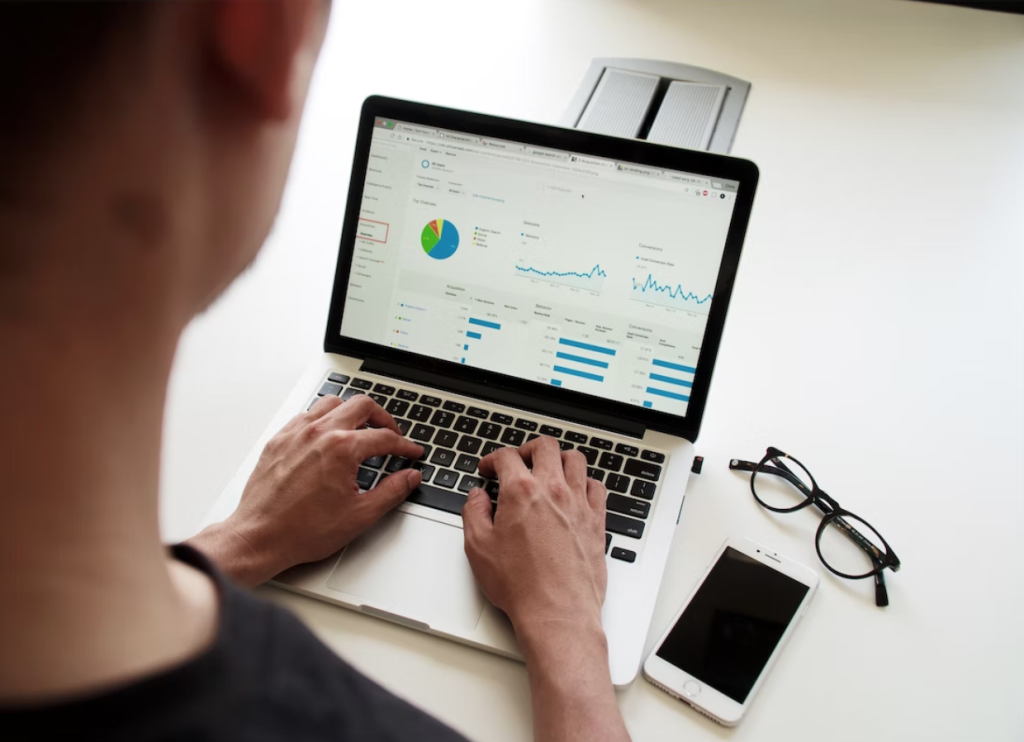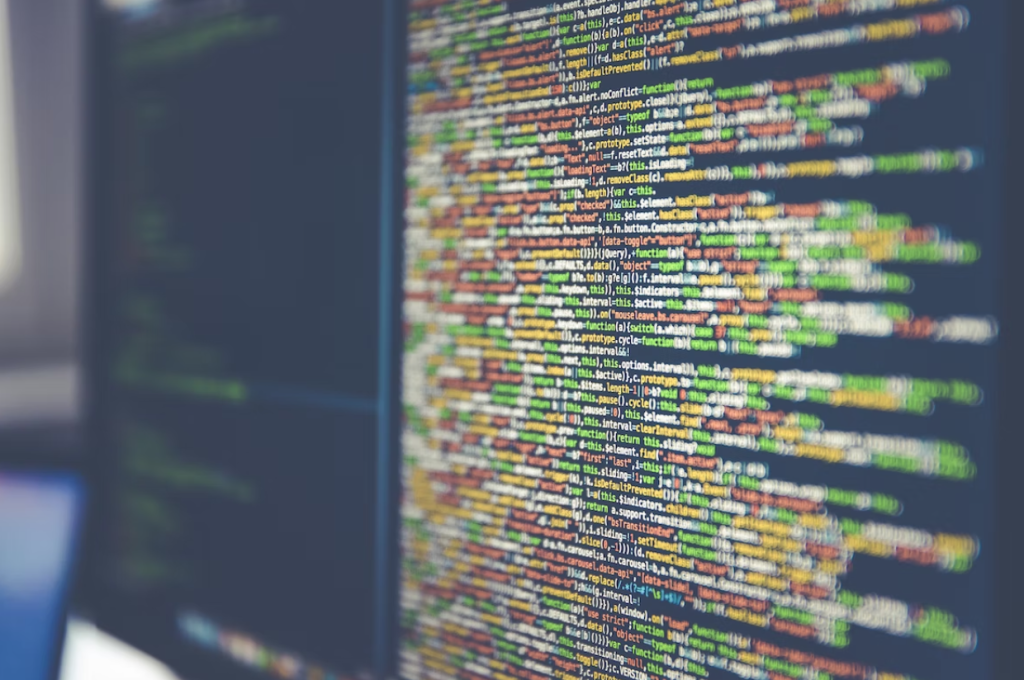Data collection is a key element of research and data analysis. It involves gathering information from primary and secondary sources to create meaningful business insights. This blog post will cover the different methods of data collection, outlining their advantages and disadvantages so you can make an informed decision about which one to use for your project. We’ll also look at how to best prepare for data collection and the challenges you might encounter. Finally, we’ll discuss ways to ensure accurate results by minimizing bias and error in your data. Read on to learn all about the methods of data collection!

The Right Software Can Make A Difference
Using the right software for your data collection can make a huge difference in your project’s accuracy, completeness, and efficiency. Good data collection software will help ensure that all relevant information is collected without bias or errors. For example, when comparing graphical analysis software, some may include features such as automated color coding or automatic chart formatting that can help you present your data in a more professional manner. Using software specifically designed for data collection can also save you time by automating certain processes, such as sorting and filtering data.
Surveys
Surveys are one of the most common methods for collecting data. They involve asking a pre-defined set of questions to a sample group and then analyzing the responses in order to gain insights into a particular topic or issue. Surveys can be administered online, in person, over the phone, or through the mail.
The perks of surveys include their cost-effectiveness, speed, portability, and ability to reach large numbers of people. However, surveys can also be biased if poorly designed or subject to errors if responses are not interpreted correctly. To ensure accurate results from your survey data collection, it’s important to plan your research ahead of time and use appropriate sampling methods.
Transactional Tracking
Transactional tracking is a method of data collection that involves recording and analyzing customer transactions. It can be used to identify trends in customer behavior, such as what products they purchase the most often or when customers tend to make purchases. This type of data collection is especially useful for e-commerce businesses, as it allows them to understand how their customers interact with their website and make decisions on how to optimize their user experience.
It can also be used to identify cross-sell and up-sell opportunities, as well as detect potential fraud or misuse of company resources. The key advantage of transactional tracking is that it provides detailed insights into customer behavior without requiring any manual effort. However, it can be challenging to analyze the data accurately as there is often a large volume of transactions recorded. To make sure you get accurate results, it’s vital to use appropriate analytics tools and techniques.

Focus Groups And Interviews
Focus groups and interviews are two other methods of data collection. Focus groups involve gathering a small group of people together in order to discuss a particular topic or issue. This allows you to gain insights from a variety of perspectives, as well as pick up on nuances that may not be evident when using other data collection techniques.
Interviews, on the other hand, involve speaking to individuals one-on-one in order to gain deeper insights into particular topics. They can also be used to probe further into topics that may have been raised during focus groups.
Both of these methods are particularly useful when researching more qualitative data, such as people’s opinions or feelings about a certain topic. The major benefit of these methods is that you can gain more detailed and accurate information than you would from other data collection techniques. However, they tend to be more time-consuming and expensive.
Social Media Monitoring
Social media monitoring is a method of data collection that involves gathering and analyzing data from social media platforms like Twitter, Facebook, Instagram, and LinkedIn. It can be used to gain insights into customer sentiment about a particular product or topic as well as track brand mentions and engagement levels. This type of data collection can also provide information about competitors, trends in the industry, and customer interests.
The clear advantage of social media monitoring is that it allows businesses to gain real-time insights into their customers’ opinions and behavior. However, it can be challenging to accurately analyze all the data collected due to its often unstructured nature. To ensure accurate results, it’s important to use appropriate analytics tools and techniques.
In conclusion, there are a variety of data collection methods available, each with its own upsides and downsides. It’s essential to consider the type of data you need to collect before deciding on the appropriate method. By carefully planning your research and using appropriate techniques, you can ensure accurate results from your data collection activities.






